A coalition of ASEAN and SCO could be the third way: pragmatic, regional, and with deep roots in Asian realities
A coalition of ASEAN and SCO could be the third way: pragmatic, regional, and with deep roots in Asian realities
By Mehmet Enes Beşer
More than three years have now passed since the Myanmar military overthrew the government in a coup, and the country remains torn apart by violence, turmoil, and deepening humanitarian crisis. The economy has imploded, civil war has intensified, and millions have been forced into displacement. World condemnation has been abundant, but effective action has not been forthcoming. Western sanctions have failed, the United Nations is politically paralyzed, and ASEAN’s Five-Point Consensus has been repeatedly ignored by the Tatmadaw. Under these circumstances, the failure to contain the crisis is less a result of Myanmar’s internal polarization, than the collective failure of the region in conflict architecture. The moment for a new strategy—a strategy that integrates regional legitimacy and geopolitical clout—is overdue. A more meaningful, institutionalized coordination between ASEAN and the Shanghai Cooperation Organization (SCO) is that elusive holy grail. ASEAN has been at the forefront, albeit in limited ways, up to now in managing the Myanmar crisis.
With the cannons of non-interference and consensus-driven decision-making as a regional organization, it has had little room of maneuver to pressure the junta. Despite rhetoric and diplomatic niceties, ASEAN’s efforts to put into action its Five-Point Consensus—demanding dialogue, access for humanitarian efforts, and violence-free politics—have failed to have a defining effect. Meanwhile, its classical advantages—regional legitimacy, cultural closeness, and prior networks of communications—continue to be necessary. ASEAN also has knowledge about Myanmar politics which the outsider can only dream about. But the absence of leverage has undermined legitimacy. Here the SCO can insert itself—not instead of ASEAN, but in addition.
With Eurasian great powers like China, Russia, India, and Central Asian republics, the SCO brings strategic heft, military and economic influence, and blunt-talking diplomatic pragmatism to the table far too often absent from Western-led institutions. Although Central Asia has dominated the SCO for many years, it has been increasingly keen to extend its salience into Southeast and South Asia. The Myanmar crisis is a highly important test case: a possibility for the SCO to be a source of stability in a part of the world just beyond its current institutional reach, though not its geostrategic ones. China and Russia, the SCO’s two most powerful members, both have vested interests in Myanmar.
China is Myanmar’s biggest investor, trader, and infrastructure developer—particularly through the China-Myanmar Economic Corridor, a flagship Belt and Road Initiative project. Russia, meanwhile, has deepened its military ties with the junta, selling arms and making diplomatic overtures. These ties give the SCO member states some degree of leverage absent in Western countries. But hitherto that leverage has been used defensively, to insulate the junta from pariah status on the international stage, not to end the crisis. An ASEAN–SCO collaborative effort could do the opposite, convert unilateral leverage into multilateral pressure, and strategic interest into diplomatic imperative. That would not be a facile cooperation.
The two organizations also differ in structure, principles, and membership. ASEAN is renowned for quiet, consensual diplomacy, while the SCO is state-oriented and security-minded. But they are not necessarily disadvantages; they are assets of the future. ASEAN can provide the regional face of legitimacy, founded on Southeast Asian identity and customary norms. The SCO can provide political backing, technical expertise, and even perhaps a peacekeeping mandate, if under a new joint framework. What is required is not full institutional integration, but operational synergy—an ASEAN-supported process with SCO-supported enforcement provisions. This mechanism can have a number of practical forms.
It could be a joint mediation team of ASEAN and SCO diplomats. It could establish a multilateral working group to coordinate humanitarian assistance delivery through neutral intermediaries. It could establish a regional monitoring mechanism to monitor ceasefires or power-sharing arrangements. It could even open channels for military-to-military talks between Myanmar’s junta and the international community, under SCO security structures but within ASEAN’s diplomatic cover. The goal would not be regime overthrow but de-escalation of conflict, humanitarian access, and incremental steps towards inclusive governance. Detractors will grumble that taking the path through SCO is riskier because it could legitimize autocratic regimes or betray Western standards.
The fact is, existing policies have not worked. Sanctions, albeit moralistic in nature, have not prompted the junta to alter its actions. Calls for democratization, however possible, have not been matched by local legitimacy or by plausible results. Myanmar’s internal conflict has turned regionalized, spilling over across Thailand, India, and Bangladesh through flows of refugees, smuggling of arms, and guerrilla linkages. It calls for a regional solution more attuned to the subtleties of Asian geopolitics than to Western ideological constraints. A cooperative ASEAN–SCO initiative would also be symbolic of a broader reorientation of Asian diplomacy.
Conclusion
It would signify that Asia is at last stepping forward away from Western tutelage to solve Asian crises. It would allow Asian institutions to demonstrate maturity, responsibility, and imagination. In so doing, it could provide a new hybrid multilateralism model—one of soft legitimacy that is supported by hard power, cultural proximity supported by geopolitics. Myanmar is likely the start point, but its implications would extend far beyond there. Conclusion Myanmar’s extended crisis is not a national blemish—it is a regional blemish, and increasingly an Asia-oriented test of credence for multilateral institutions in the region. ASEAN, with all its diplomatic clout, cannot close the door on the crisis alone. The SCO, with all its geopolitical clout and strategic muscle, cannot move without legitimacy. But together, the two blocs can build a hybrid system robust enough to alter the course of Myanmar’s destiny.
This partnership will require political will, institutional innovation, and willingness to shatter the existing silos. It will require China and Russia to shift from passive defenders of the junta into active mediators. It will require ASEAN to reinterpret its sacred traditions of non-interference and embrace more pragmatic, result-oriented diplomacy. But if these precursors are fulfilled, the reward would be spectacular—neither merely for Myanmar alone, but for regional stability and world norms.
In a world where Western interventions become more contentious, and where global institutions ever-more appear stuck in neutral, a coalition of ASEAN and SCO could be the third way: pragmatic, regional, and with deep roots in Asian realities. It would no panacea to all ill, and no restoration of the pre-coup order of things. It would offer however a path ahead—and in this dark, very long chapter in Myanmar’s book, even improvement is an act of revolution.



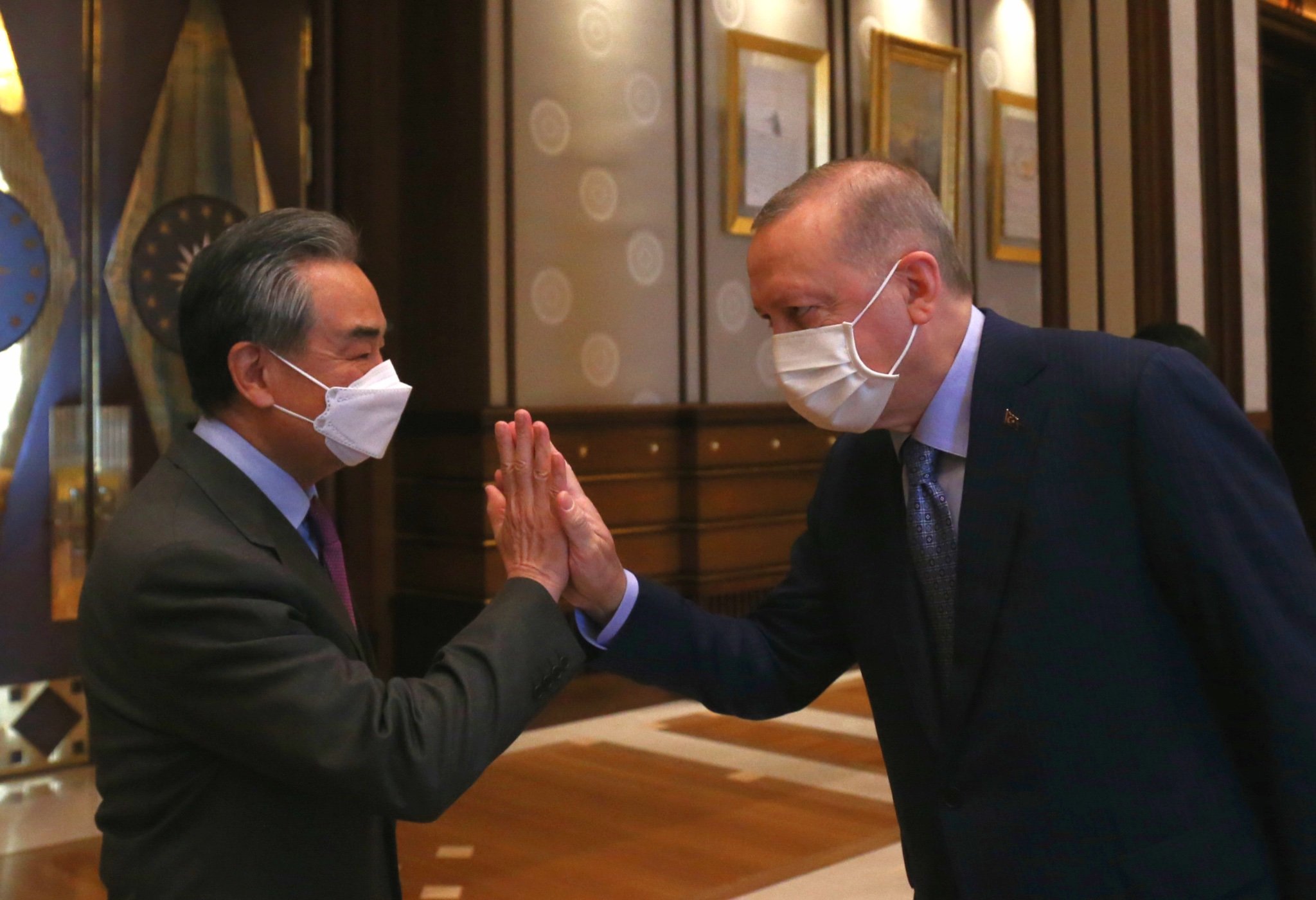
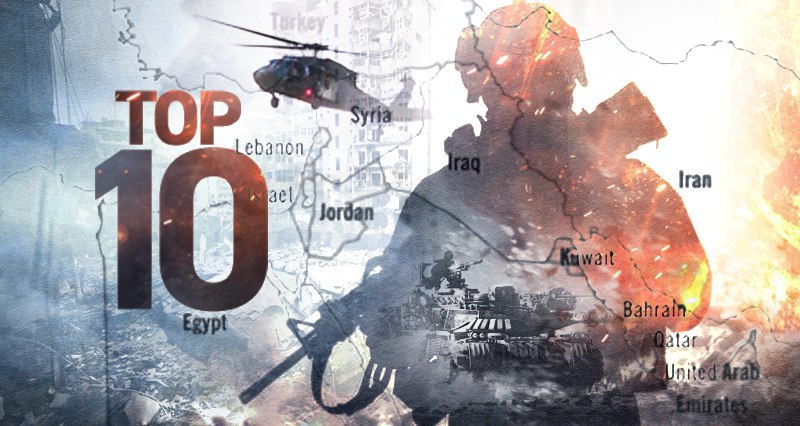


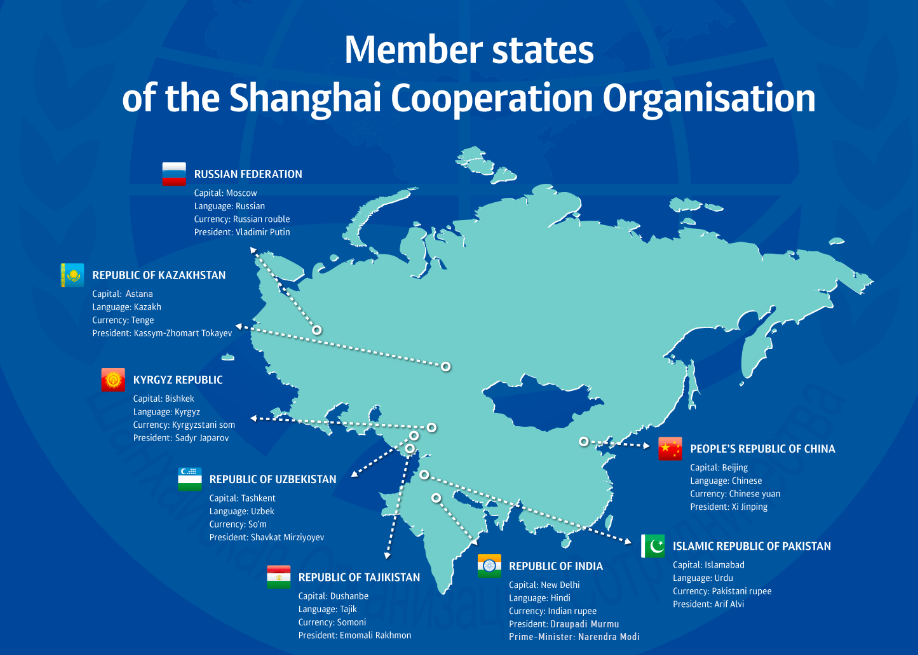
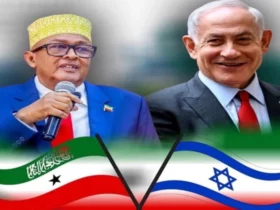
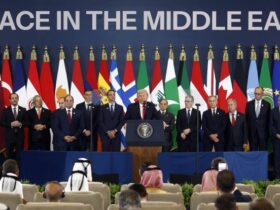


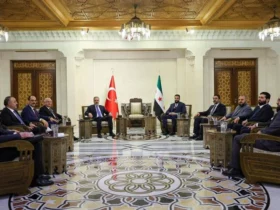



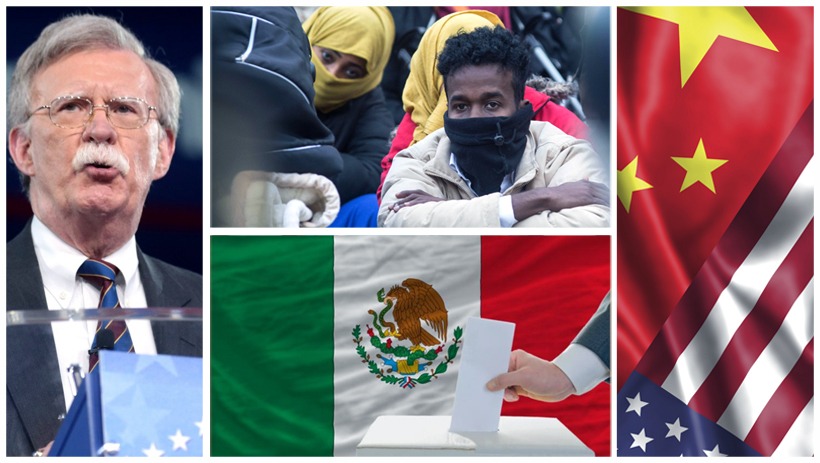
Leave a Reply